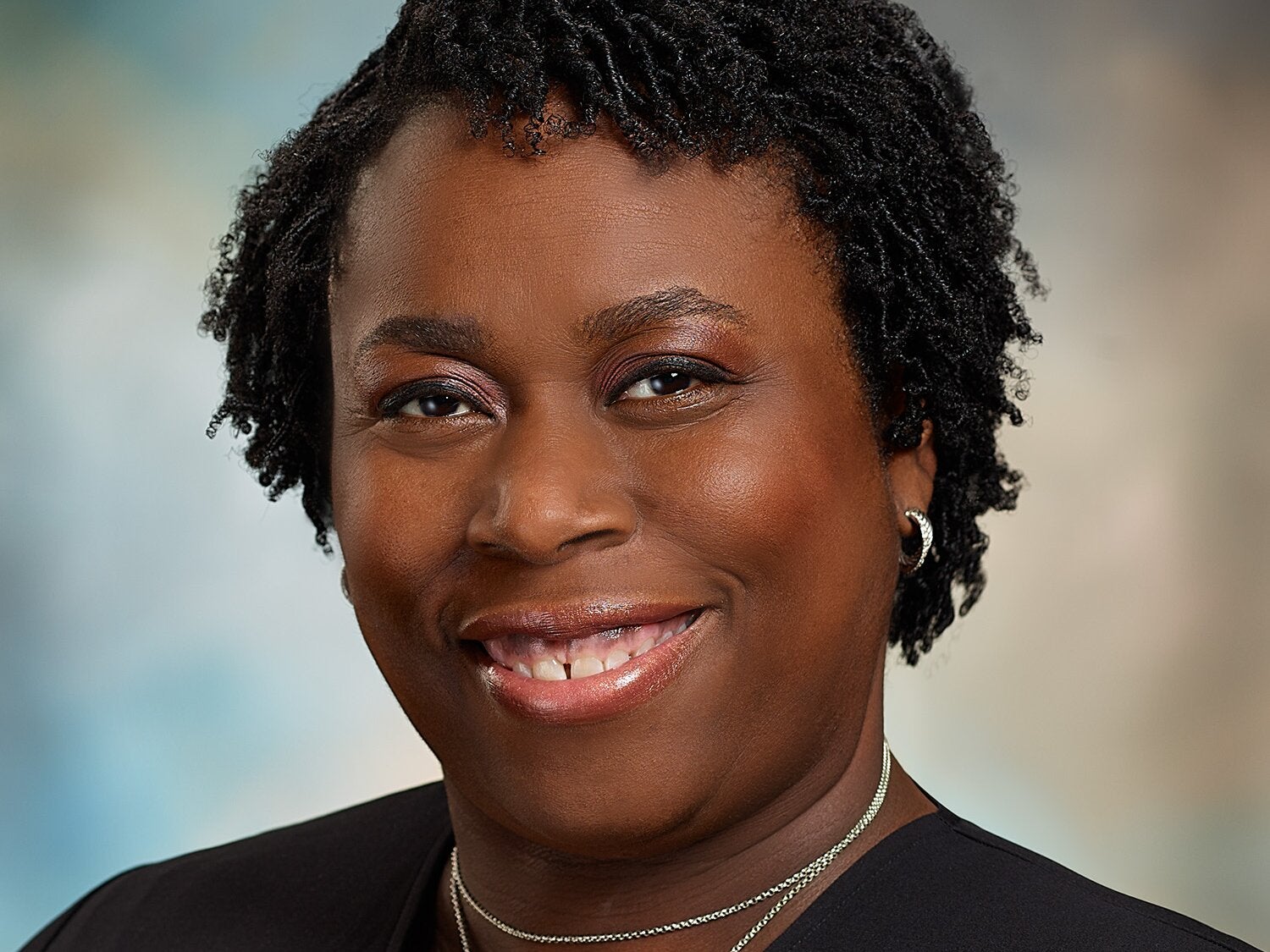
In my role as lead strategist and impact officer at the W.K. Kellogg Foundation, I am often asked who is responsible for leading diversity, equity and inclusion (DEI) efforts in the workplace.
It’s commonly assumed that DEI work is only designated for a specific position within leadership or HR, when in reality, genuine DEI is embedded throughout an organization and is beyond a stand-alone role, group or function. A recent survey of U.S. workers finds strong support for these efforts, with nearly 60% expressing support for current workplace DEI policies and one in five workers saying initiatives do not go far enough.
Too often, leaders of color – specifically Black women like myself – are expected to be the ones making decisions, driving DEI strategies and ultimately responsible for impact. We know the value we bring to our workplace and leadership. We understand that we play an important role in making progress on DEI. At the same time, we cannot be the ones leading this work alone.

Through my work, I’ve learned that DEI must be embedded through all levels of an organization – from frontline workers to middle managers to senior leaders – to empower all employees. Each employee contributes their unique perspectives to drive innovation and progress, which is why DEI is strongest when it is everyone’s job.
But what does this look like in action? Here are my top recommendations for how to embed DEI work throughout your organization.
Make DEI Efforts Accessible to Everyone.
Making DEI efforts accessible may seem implied, but enacting DEI requires making it reach and serve all employees within your organization. Expanding Equity, launched by the W.K. Kellogg Foundation to help organizations build workplaces with more opportunity and equity, found in our Communicating DEI to the Frontline Guide that only 55% of frontline workers felt connected to their organization, and 51% believe their organization sees them as less important than those in corporate roles.
When making DEI accessible, create a plan for how to communicate to all employees. For instance, do employees have different work schedules and levels of technology access? Are frontline employees being considered in the DEI strategy? Organizations must make sure DEI efforts are shared holistically, are jargon-free and are all-encompassing across various job positions so they reach everyone in the workplace.
Remember That Diversity Alone is Not Enough.
It’s one thing to bring people of color into DEI conversations, but another to make sure they’re equipped with the right resources and opportunities to thrive.
A culture of inclusion and belonging is foundational for any DEI strategy to be effective and holistic, especially when supporting Black women leaders.
We know ‘Black Girl Magic’ is real, but one woman is likely not going to be able to fix years or decades of systemic problems any faster than another leader, especially without a pre-existing culture that supports and leverages her leadership. Creating a culture of inclusion and belonging will support Black women from the frontline to the C-Suite in bringing their best selves to the workplace so that they can flourish and contribute fully to the mission of the organization.
Take the Time to Ask for Feedback.
It’s crucial to provide feedback and review how employees respond to DEI work to understand whether an initiative is making progress or might need improvement.
Feedback mechanisms can include pulse surveys, focus groups or discussion channels to evaluate early successes or potential barriers. Employee feedback across diverse backgrounds, business units and tenures are especially necessary when addressing challenges and finding solutions.
Effective DEI initiatives aren’t built on assumptions; they’re founded on the lived experiences of the employees we serve as leaders. By actively seeking and listening to feedback, we ensure our strategies are rooted in authenticity, inclusivity and a genuine commitment to creating a more equitable environment for all.
Know That Every DEI Journey Looks Different.
There is more than one way to approach DEI strategy. Companies can and should harness what is unique about their people, culture and ways of working to select the best approach to set themselves up for success.
The companies in our Expanding Equity network are taking different approaches to making their organizations more diverse, equitable and inclusive. We highlighted four main archetypes in a guide we released last year that might be helpful in your efforts.
We have witnessed powerful, inspirational examples of the different types of DEI initiatives in our network. Not one journey has looked alike, yet we have been able to learn and grow collaboratively from these experiences. DEI strategies are dynamic and adaptive, so remember that your organization’s journey holds a lot of power in paving its own path.
Everyone has a role to play in DEI work. Employees and leaders can keep these insights in mind as organizations continue to make their workplaces better for everyone. It’s going to take all of us to get there.
